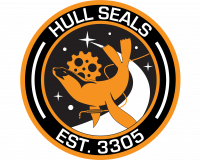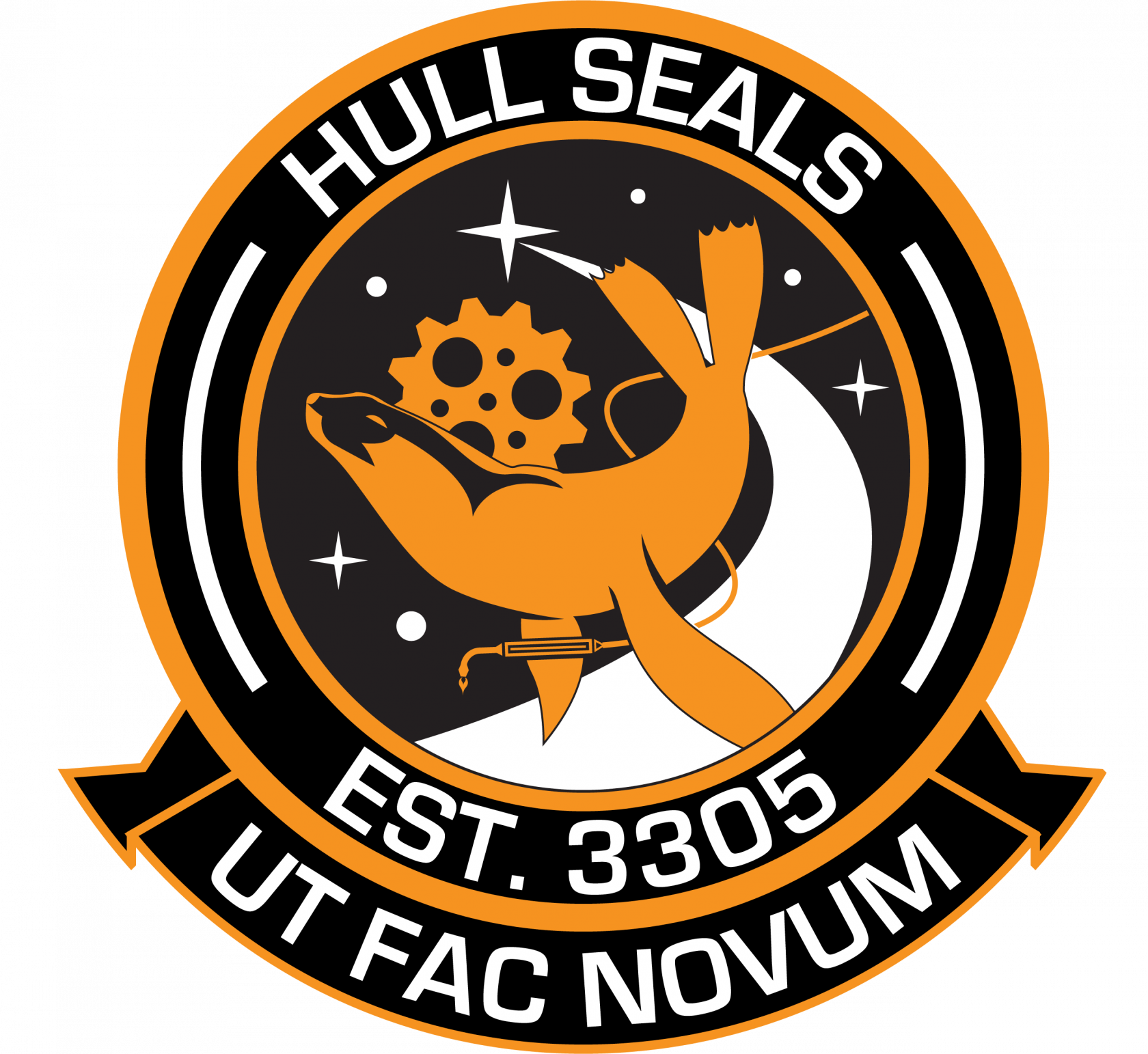Supplemental: Carrier Operations
This document contains supplemental material for Hull Seal operations regarding the use of Fleet Carriers. This does not supercede existing SOPs, and the use of carriers should always be considered a Last Resort option where no other feasible alternatives exist.
Hull Seals Supplemental Documentation: Fleet Carriers
Revision 1
What is this Document?
The Carrier Operations Supplemental is designed to assist in the proper use and utilization of Fleet Carriers, including under what circumstances a carrier should be deployed, expectations of Carrier operators, and proper use of a Fleet Carrier in Seal operations.
What are Fleet Carriers?
Fleet Carriers are the ultimate in terms of vessels that can be owned by independent CMDRs. They are enormous beasts, resembling a space station with engines, as opposed to standard ships. By far, the logistic requirements of a Fleet Carriers are complex and require substantial resources to operate and maintain. This great power comes with great costs, and the ability to undertake rescues where no other vessel can is not a decision to be made lightly. Unfortunately, however, routine operations of carriers can be prohibitively expensive for many Seals, particularly on long-range adventures.
No CMDR is ever required to use their Fleet Carrier to respond to rescues, and Carriers should not generally be used on the average Seal case.
Carriers are a massive logistical undertaking, and the use of a carrier for standard Seal cases is a gross misallocation of resources. However, there are special circumstances where a Carrier is the best - or perhaps the only - available response to a case. One of the benefits of Fleet Carriers is their cross-platform nature, which allows them to respond to cases regardless of the platform involved.
When should a Carrier be Deployed?
There have been to date only a few circumstances where the deployment of a Carrier makes sense.
- Code Black Rescues where Mining or Direct Escape options are unavailable or risky
- CMDR Extraction where a CMDR is stuck in a system without jump range to get out
- Seal cases where no platform-specific CMDR has responded after a significant amount of time1
Carrier Outfitting
For a Carrier to even be considered for use in a rescue, the carrier must be outfitted properly. The optional "Repair" module MUST be installed for proper response by carriers. It is also strongly advised that basic Seal equipment be stored in the optional Outfitting module.
Code Black Use
When in use for Code Black Purposes, all other reasonable avenues should be exhausted before attempting to use a carrier. This includes straight-shots to nearby stations, DSSA carriers, or mining belts if enough miners are nearby. Timing runs should be done by Seals using the known amount of Synth Materials and Oxygen left to nearby alternatives, if possible.
When positioning a carrier, there are three viable options.
- Move the Carrier around the closest planetary body to the Client.
- Move the Carrier to the main star - locating somewhat randomly in the system
- Move the carrier into orbit around a nearby alternative system, close to the main jump star.
The most logical solution would seem to be moving the carrier into the same planet or body as the client. This provides the best chance of moving a carrier in range quickly for time-critical situations, however, there is a risk that the Carrier may jump to the far side of the gravity well and slow down Clients progress significantly.
Depending on the number of bodies in the Client's system, it may be worth trying to jump a carrier into the main star, out in space. This eliminates many issues of a gravity well but runs the risk of putting the Carrier out of reach for some clients due to range.
The third option does involve more challenging logistics under pressure and can fall to either of the two potential issues above.
Finally, Carriers may take quite a while to get to a Client, and while providing a potentially safer alternative, may not be a wait the Client is willing to undertake. Clients may elect to take a riskier, but quicker, dash to a station or other alternative. This choice is ultimately the Client's to make, but the Dispatcher is encouraged to provide their opinion and assessment of the situation in a respectful manner. If no alternative to a carrier operation exists, continue without providing the option, and simply inform the Client an estimate of how long it will take to get a Carrier into position.
It is the duty of the Dispatcher and Carrier operators to judge the relative risks if a carrier is to be used, and inform the Client of the potential risks and benefits before choosing a location if the Client elects to choose a Carrier-based rescue. In these situations, the owner of the carrier the Client eventually lands at or attempts to reach is considered the "Primary Seal" and should fill out the case paperwork.
CMDR Extraction
While this is not a service the Seals officially operate, it is our standing policy to provide any and all aid to any CMDR who seeks it, even if it is not generally within our wheelhouse of operations. Occasionally, CMDRs have sought our aid extracting themselves from systems where they have been stuck. These sorts of situations usually result from being left behind by a previous carrier, a bad neutron jump, or running out of synthesis materials.
Seals may respond to these cases, however, their management should be done outside of the main Repair channels. These cases may also be dispatched, if appropriate, to ensure a single point of communication to the Client.
Teams responding to these calls should be well-equipped with mining gear, and multiple CMDRs should be gathered where possible from either Seal sources, other organizations, or independent CMDRs to help mine and fuel the Carrier. It is the duty of the Carrier Operator to ensure that ample time and warning is given between jumps where stops are needed to ensure all rescuers can land safely on the carrier.
When a Client is reached, ensure the Client has docked and the carrier is ready to go before departing the system. The Client may opt to be taken either to any system within one jump of the carrier, or back to the Carrier's destination or origin point. Seals are not a taxi service, and should not be used to take a CMDR to points of interest or to cut short a journey in the black, unless it is to the carrier of the client's origin or the origin of the Seal's carrier, often Colonia or the Bubble.
These cases should be filed as "Closed - Successful" by the Carrier operator, including as secondary seals any and all members of the mining teams responding who are registered Seals. Include all non-registered members in the "Notes" section, as well as that the case was a carrier extraction. Finally, after case paperwork is filed, inform the Cyberseals immediately of the case so the records may be updated to match.
If no Seals are able to respond to the case, other organizations such as the Fuel Rats, Fleet Carrier Owner's Club, or Broken Limpet Logistics may have Carriers in range able to respond. Logistics can be handed over to these organizations, or Seal dispatchers may continue case logistics if practical.
However, this cannot be stressed enough: The use of Carriers by Seals is never required, and Carriers are never obligated to be used for Seal operations. The decision rest solely with the Carrier Operator if they are to respond with a carrier, and with the Dispatcher if they are to utilize a carrier.
1: A "significant amount of time" is at the discretion of the Dispatcher. Generally, we suggest more than 5 minutes, however Dispatchers have leeway to change this time, depending on available resources and other factors.


No Comments